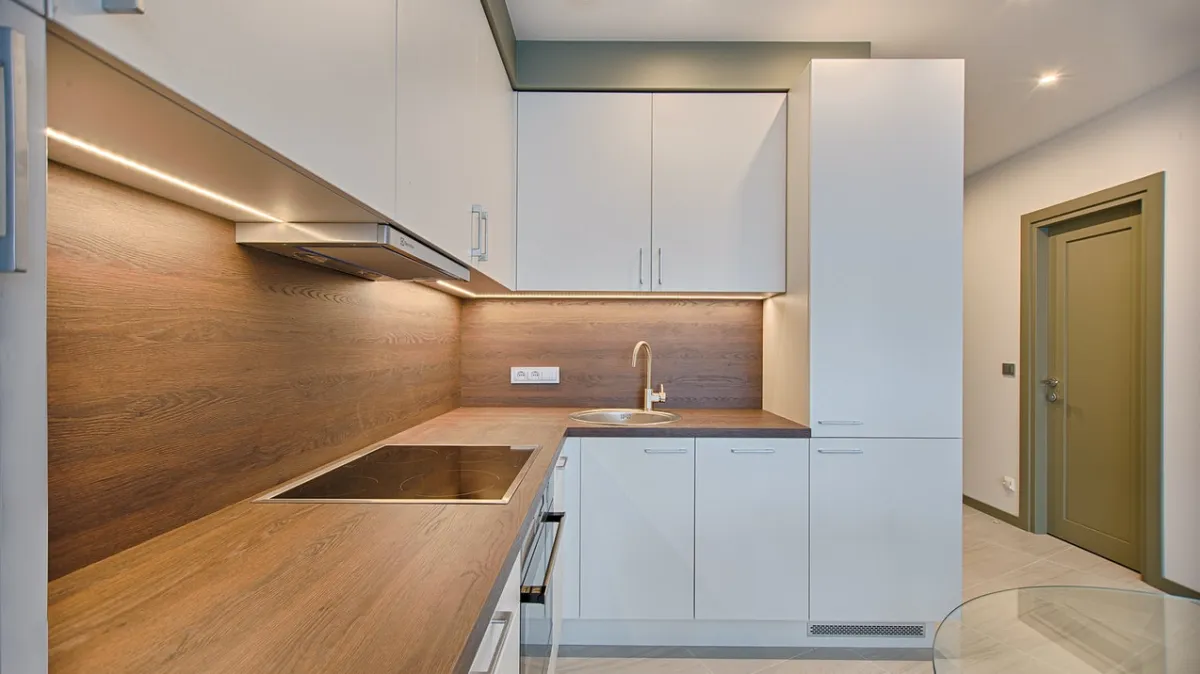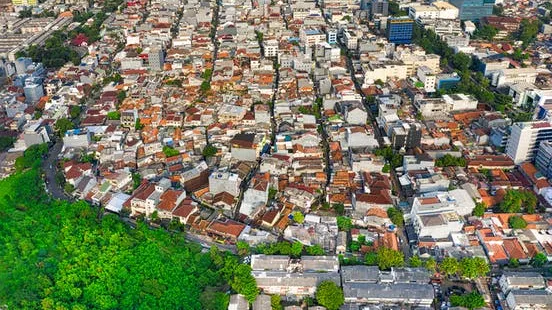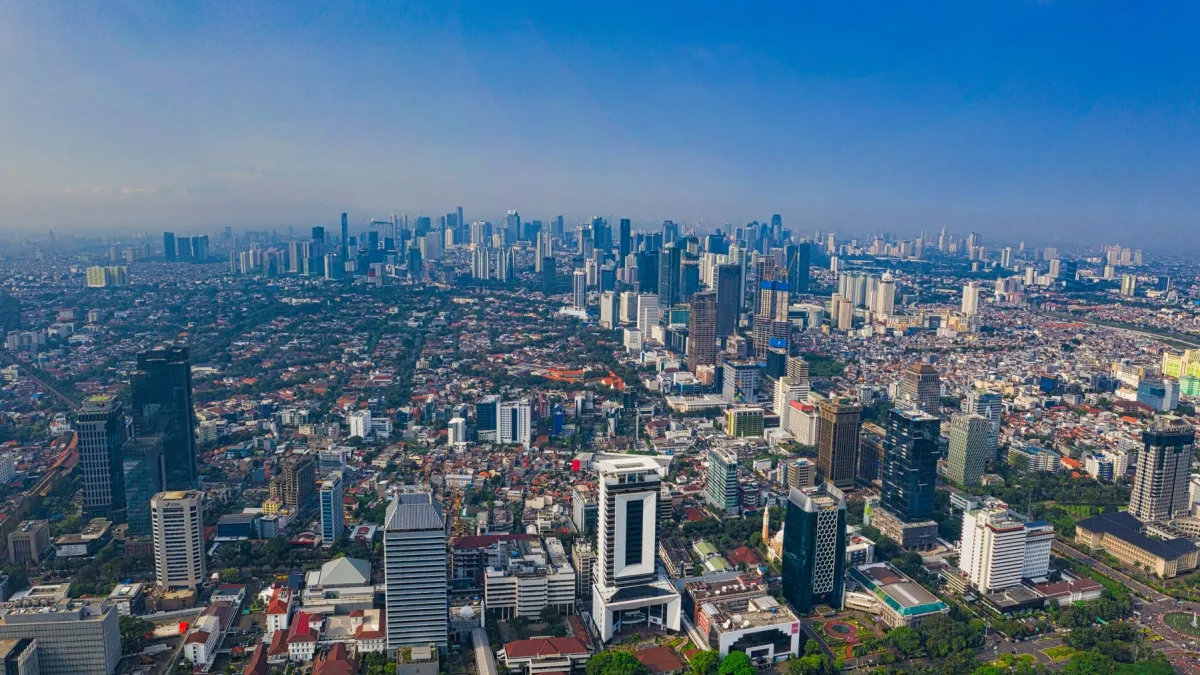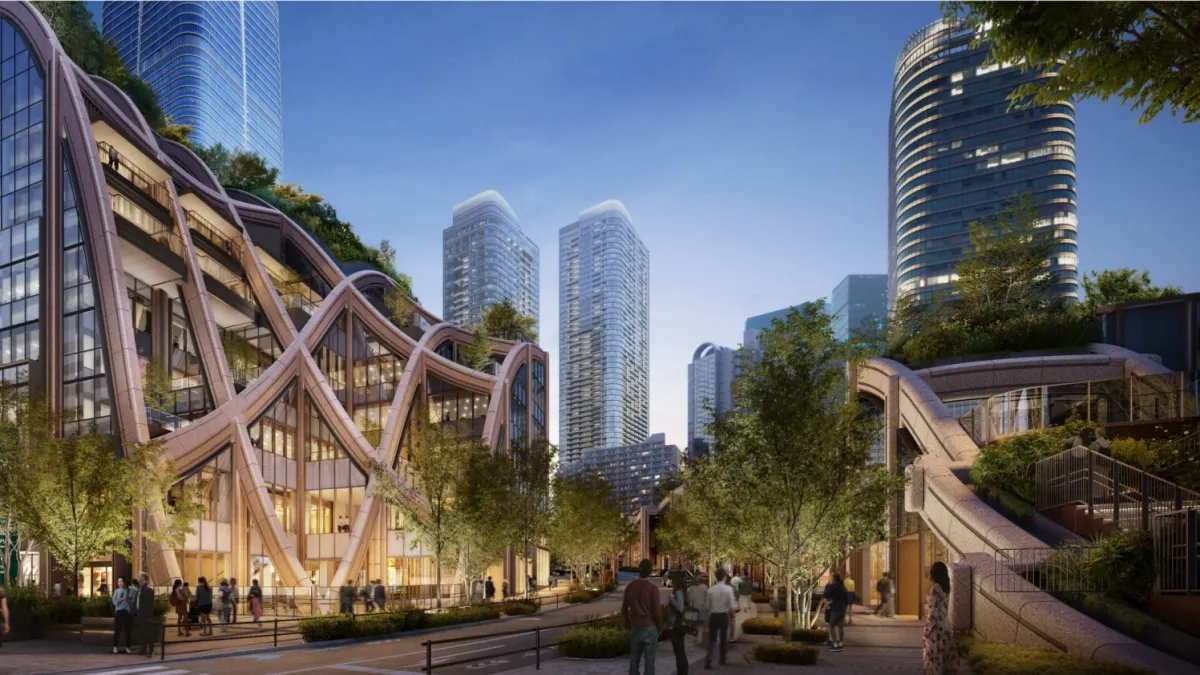
How Tokyo residential rents vary by unit size
Small- to mid-sized units dominate the city’s rental market.
According to Savills, Tokyo’s rental market is principally made up of compact single-occupier units, typically less than 45 sq m (13.6 tsubo) in size. Such units can often make up as much as 75% or more of the 23W area’s rental listings.
Unlike other major global cities such as London and New York, house or apartment sharing does not form a major segment of the rental market. As a result, there is a large, stable market for small- to mid-sized units.
Here’s more from Savills:
Smaller size bands in the C5W experienced some contraction in Q4/2022. Rents in the 15-30 sq m size band, which comprises the majority of rental units in the C5W market, fell moderately this quarter, decreasing by 1.2% QoQ. Rents declined more in the larger 30-45 sq m size band, by 2.9% QoQ.
Meanwhile, the largest 45-60 sq m size band moved in the opposite direction, seeing an increase of 1.7% QoQ. Overall, this relative scarcity of units in this larger size band has allowed it to maintain a premium over smaller counterparts as remote work remains prevalent.
The C5W has attracted the largest level of migration into the submarket among the 23W submarkets over the fourth quarter. The influx of foreign nationals has driven this population increase in all wards across the C5W, and Shinjuku and Minato have been the most popular wards for movers. High income earning professionals should continue to drive demand for larger units going forward, which will continue to perform well due to relative scarcity.
That said, inflation is still a pertinent issue for average households, and many might still be hesitant to move to the central wards, instead seeking more affordable alternatives in nearby submarkets.













 Advertise
Advertise








